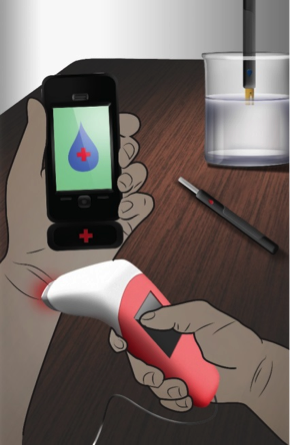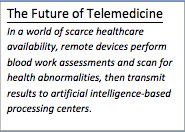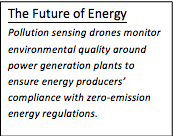One of the main objectives of Foresight is to anticipate change and explore its implications for emerging opportunities. One of the main challenges many leaders face is that perceptions are too tightly coupled to the paradigms of the status quo – leading to ideas that remain in close “cognitive proximity” to the current conditions. Overcoming these constraints and stretching to uncover cognitively distant ideas is a big challenge. Students at the University of Notre Dame are gaining experience breaking these constraints using an emerging futures methodology.
The Mendoza foresight team has initiated a pilot student learning experience that brings together students from business and design disciplines to imagine and visualize the future in the form of “Artifacts from the Future”. Artifacts are a proven means of understanding historical needs and available technologies for addressing them; Artifacts from the Future enable planners and designers to project a similar understanding of future needs and technologies.
The collaboration occurs at the midway point of the business student teams’ futures research projects, after they have conducted background research, forecasting and scenario development. As the design students are introduced into the process, the combined inter-disciplinary group explores implications of change, seeking to gain empathy with the “future user” and to spot and interpret emerging needs five to ten years into the future. The teams then brainstorm on potential opportunities for business, presented in the form of 2D and 3D renderings. The artifacts are then synthesized into the final foresight reports submitted by the business students.
Here are some examples of student artifacts…




Student feedback gives a clear sense that the cross-disciplinary approach helps to expand their thinking. As undergraduate business student Mike Darche says, “Sometimes it can be difficult to think outside of our business training, but the Artifacts from the Future collaboration helped us improve our ideas by providing access to very diverse perspectives. Working alongside a cross-disciplinary group helped us arrive at new, creative solutions that we may never have discovered without these different perspectives.” The Business/Industrial Design collaboration is an example of our efforts to stretch the learning experience to fully immerse students in the foresight mindset.